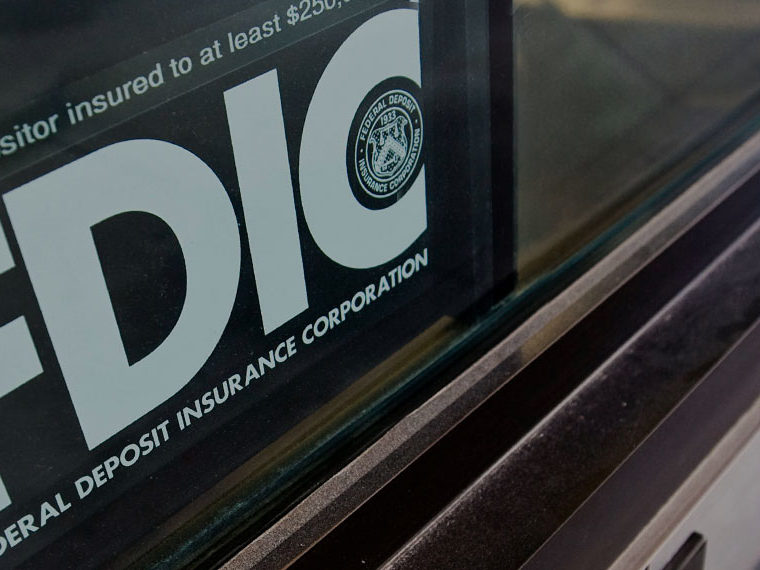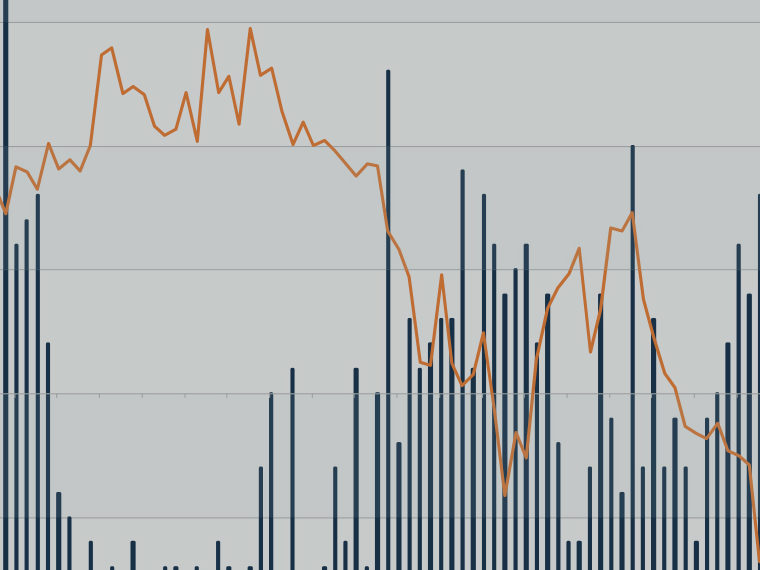Known as collateralized loan obligations, their aim is actually to reduce risk
Remember subprime mortgages? Any individual loan carried with it heightened risk, but Wall Street solved that problem by packaging millions of the loans into pools known as collateralized debt obligations, or CDOs, totaling some $640 billion by 2007. The CDOs offered investors higher returns and the safety of diversification. Or so most people assumed — until the subprime debt machine was revealed to be lacking in controls and came crashing down, causing a global financial crisis in 2008-09.
Wall Street’s ability to operate a massive debt-packaging machine survived the crisis, however, and now we have collateralized loan obligations, or CLOs, baskets of corporate debt, to worry about.
The overall corporate debt market is booming and its risks are hard to ignore, especially as interest rates have been pushed up in recent months and a rash of large bank failures has unnerved financial markets and caused lenders to grow more cautious. Much of the growth in corporate borrowing has come with dicey credit ratings. U.S. speculative-grade debt — corporate debt with a rating of BB+ or lower — rose to $3.35 trillion in 2021, and now comprises 30% of total U.S. corporate debt.
Opt In to the Review Monthly Email Update.
The prevalence of CLOs, housing some $800 billion in U.S. loans and another nearly $200 billion from Europe as of 2021, here is particularly striking. These investment vehicles purchased nearly 75% of what’s known as leveraged loans — made to borrowers with high levels of debt or low credit ratings — in 2021.
UCLA Anderson’s Shohini Kundu authored a paper in the Journal of Corporate Finance that explains the relatively little-studied CLO market, its structure and mechanics. Kundu also highlights the emerging vulnerabilities emanating from the market. Her concerns are shared by Janet Yellen, Treasury secretary, who spotted these risks and had this to say (while at the Brookings Institute) in 2018:
“I am worried about the systemic risks associated with these loans. There has been a huge deterioration in standards; covenants have been loosened in leveraged lending.”
In slower moving markets with abundant liquidity — meaning unspooked buyers — entities like CLOs, CDOs and, indeed, banks tend to perform just fine. They encounter problems, but steady markets allow them to sell off assets and make other adjustments. When liquidity vanishes and prospective buyers become highly risk-averse and unforgiving, any sign of weakness can be disastrous. The prices of assets one hopes to sell can plunge temporarily. It is only after a crisis that we fully understand the extent of our interdependencies — the vulnerabilities financial parties have to one another.
Building Protection or Time Bombs?
Kundu explains that CLOs function as matchmakers between investors and traditional banks. Banks make direct loans to corporations, then sell off pieces of the loans to CLOs and other entities. The CLOs then bundle up the various loans they purchased into groups, or “tranches,” by levels of risk and sell them to investors.
Even though the individual loans have speculative-grade credit ratings, most of the tranches generally have higher investment grade credit ratings because of the diversification of the loan portfolio and other features of the CLO.
In addition to the debt tranches, there is also an equity tranche that holds an ownership in the CLO and develops value if the CLO manager makes profitable trades across the loans or if the CLO is profitably sold.
The riskier a debt tranche is, the higher it yields. Cash flows from the underlying corporate loans are paid out in a particular order with the least risky, senior tranches paid first. This means that if there are defaults on some of the loans, investors in the bottom, or junior, tranches might not be paid in full.
Investors holding CLOs include: banks, insurances companies, hedge funds, mutual funds, ETFs and pension funds, among others. In other words, they’re woven through the financial system.
CLOs are popular with these investors because the diversification of the loans in a CLO reduces their investment risk while offering relatively high yields. Meanwhile, banks are happy to be able to shift corporate credit risk away from their own balance sheets and onto the CLOs. Companies with poor credit gain, too, as the CLO machine enables borrowing that otherwise might be more expensive or not available at all.
Despite all of these benefits, the fact that CLOs are enabling corporations to increase their leverage and spread that risk may contribute to overall risk in the financial system and wider economy.
Dealing With a Conflict of Interest
Kundu highlights that the financial interests of CLO managers are aligned with holders of the equity tranche rather than holders of the debt tranches. In addition to the fixed fee that managers earn, they can earn additional fees based on the amount of profits they produce for the equity tranche. This creates a conflict of interest. CLO managers may be tempted to make investment decisions that will maximize revenues for the equity tranches but come at the expense of the debt tranches.
CLOs do come with some built-in rules, or covenants, that try to mitigate these risks. Kundu’s paper explains how these covenants are designed to prevent “tranche warfare” between the debt and equity tranche holders.
There are two types of covenants: coverage covenants and quality covenants. Coverage covenants set a minimal level of collateral the CLO must hold in order to support the payment of interest and principal to the investors. If the CLO manager breaches a coverage covenant, returns are wiped out from the equity tranche and funds are taken away from the junior loan tranches and used to pay down the more senior tranches.
Quality covenants set the minimum level of credit quality for the loan portfolio. If the manager breaches a quality covenant, they must maintain or improve the portfolio’s credit quality by replacing lower quality loans with higher quality loans or by selling assets.
A Vulnerable Market?
Kundu lists CLO market vulnerabilities to watch out for:
- Banks and non-bank financial institutions such as CLOs and their investors are interconnected in ways that could cause shocks to spread and create risk throughout the financial markets.
- Since the financial crisis of 2008, fewer banks have been participating in the leveraged loan market, which has resulted in more “cov-lite” loans — loans with minimal or no financial covenants.
- Corporations that are borrowing may be more levered than they report due to adjustments to earnings before interest, taxes, depreciation and amortization, or EBITDA, after mergers and buyouts, and this could increase the risk of credit ratings downgrades among the loans and thus defaults.
- During economic downturns, banks may not have enough liquidity to make loans and they may not be able to offload their leveraged loan exposures if investor demand dries up.
- The various CLOs have largely overlapping portfolios, so default-induced fire sales by one could spread contagion throughout the financial system and potentially exacerbate credit crunches.
- Large-scale redemptions and capital withdrawals can cause prices to drop and make it harder for people to buy and sell CLOs and leveraged loans.
Amid the rapid growth of the CLO market and its inherent systemic risk, Kundu has been examining a range of issues affecting those markets.
Featured Faculty
-
Shohini Kundu
Assistant Professor of Finance
About the Research
Kundu, S. (2022). The Anatomy of Corporate Securitizations and Contract Design. Journal of Corporate Finance, 102195.





